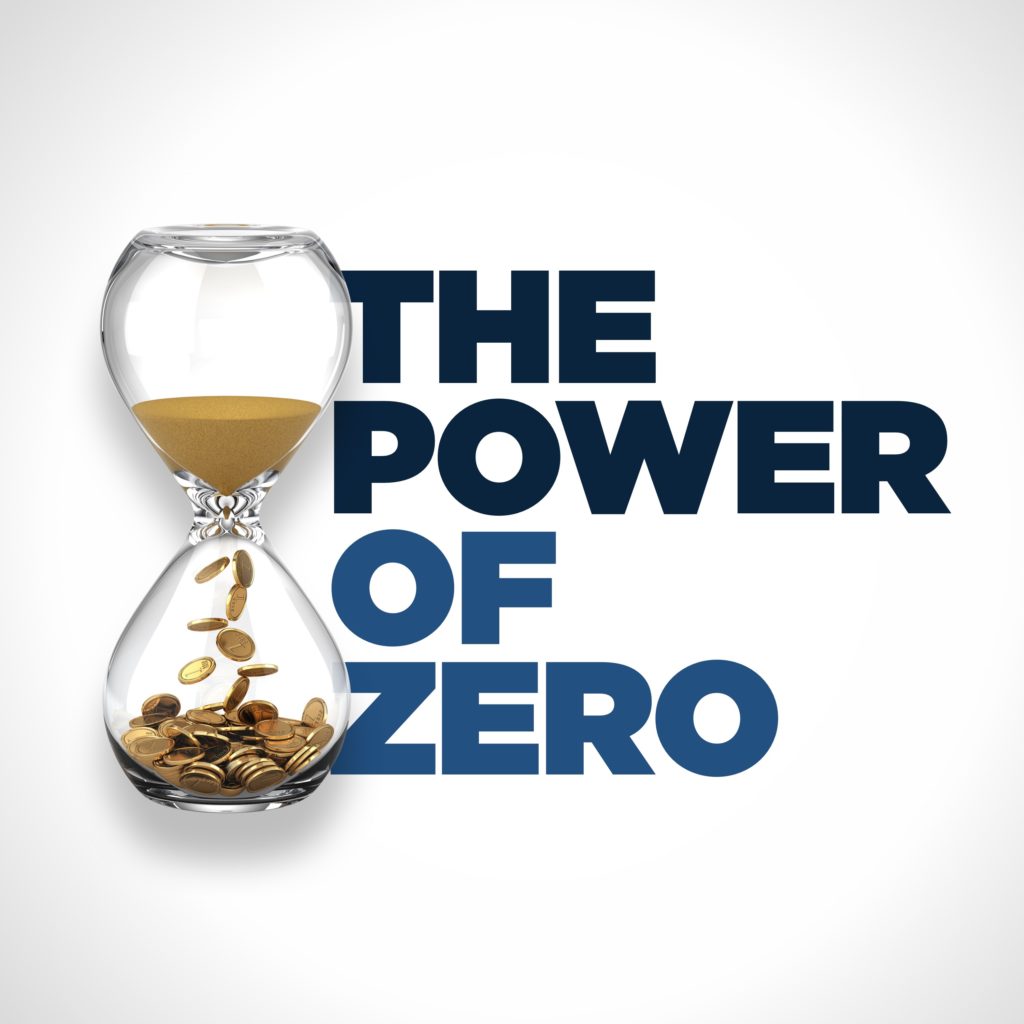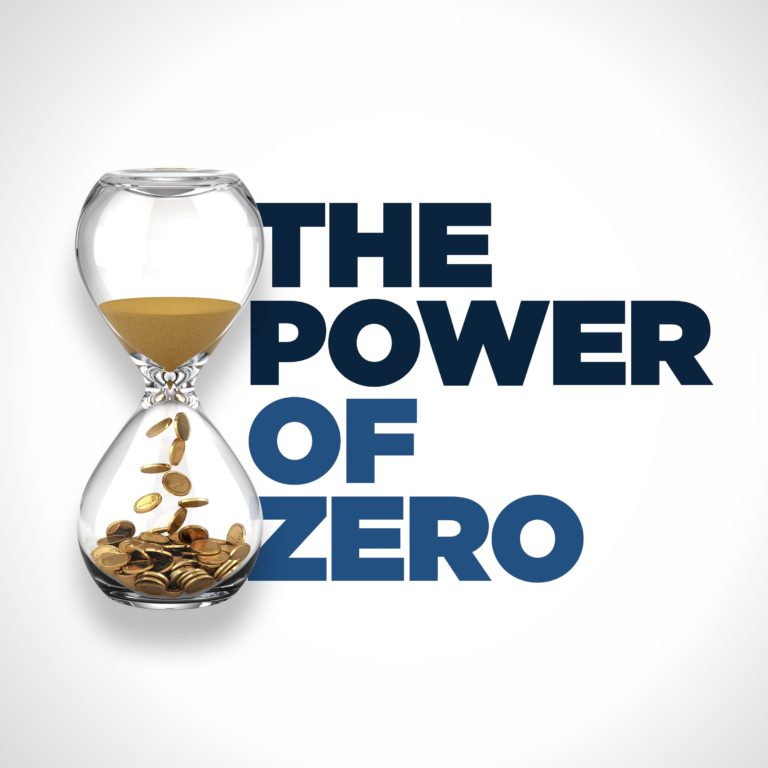The official debt-to-GDP numbers are on track to be 110% by the end of the year, which is nearly a 30% increase over the last decade. The trouble is this calculation doesn’t count unfunded obligations like Social Security.
Economic theory doesn’t differentiate between official borrowing and unofficial borrowing. The government has left a number of things off the books in order to keep the public in the dark about the true costs of what they are doing.
Fiscal gap accounting puts everything going in and going out on the books and looks at the difference between the two streams. Right now, the US is counting the official debt of one year worth of GDP. This leaves another seven years’ worth of GDP that we are not counting which is the real problem.
In terms of fiscal gap, the US is in twice as bad a shape as the worst country in the European Union.
In absolute numbers, the national debt is closer to $160 trillion than the $22 trillion that is officially reported.
One proposed solution from the Modern Monetary Theorists is to simply print 8 years’ worth of GDP, but that’s not really an option and would likely result in immediate hyperinflation.
The money printed since 2008 is already beginning to have an effect on consumer prices, and printing money is only a temporary solution. Printing money is a form of taxation.
While the US needs to collect more in receipts, printing money comes with inflation and that can take on a life of its own. Once people begin to expect a period of inflation, the Federal Reserve can’t do much other than accommodate those expectations.
Programs like Medicare are paid in kind. If we try to inflate our way out of our Medicare problem the cost of the program will rise commensurately.
When we look at what the government has been doing as a whole, it looks like Modern Monetary Theory has already taken hold.
MMT proponents don’t sound like regular economists. They’re actually closer to religious fanatics or political ideologues than economists.
The idea behind MMT is that as long as the printed money results in increased economic output we won’t see inflation. In order to judge inflation, we have to look at what would have taken place had the money not been printed.
The big danger is a sudden spike in either prices or just the general awareness of the US government’s true fiscal situation. Like going bankrupt, right up until the day you lose everything it can all appear to be working just fine as you continue to spend down your borrowed money.
Historically, MMT has not played out well for countries that tried it. The process is like a slow-growing cancer. It may take decades to take its course but the effects will become obvious and pervasive eventually.
There are no great choices. To reverse course it would require either imposing a lot of pain on a small subset of people or accepting an environment of permanently high taxes forever.



